15 Jaw-Dropping Bird Facts You Never Knew | Incredible Avian Secrets

Discover 15 mind-blowing facts about birds that will leave you amazed! From backwards-flying hummingbirds to self-recognizing magpies, explore the fascinating world of our feathered friends.
The Fascinating World of Birds: Nature's Aerial Marvels
Birds are among the most diverse and captivating creatures on our planet. From the frigid poles to tropical rainforests, these feathered wonders have adapted to virtually every environment on Earth. While we might think we know birds well from our backyard feeders and nature documentaries, the avian world holds astonishing secrets that even dedicated bird enthusiasts might not know. In this collection, we'll explore 15 jaw-dropping facts about birds that showcase their remarkable adaptations, intelligence, and sometimes bizarre characteristics. Prepare to be amazed by these extraordinary feathered beings that share our world!
Hummingbirds: The Only Birds That Can Fly Backwards
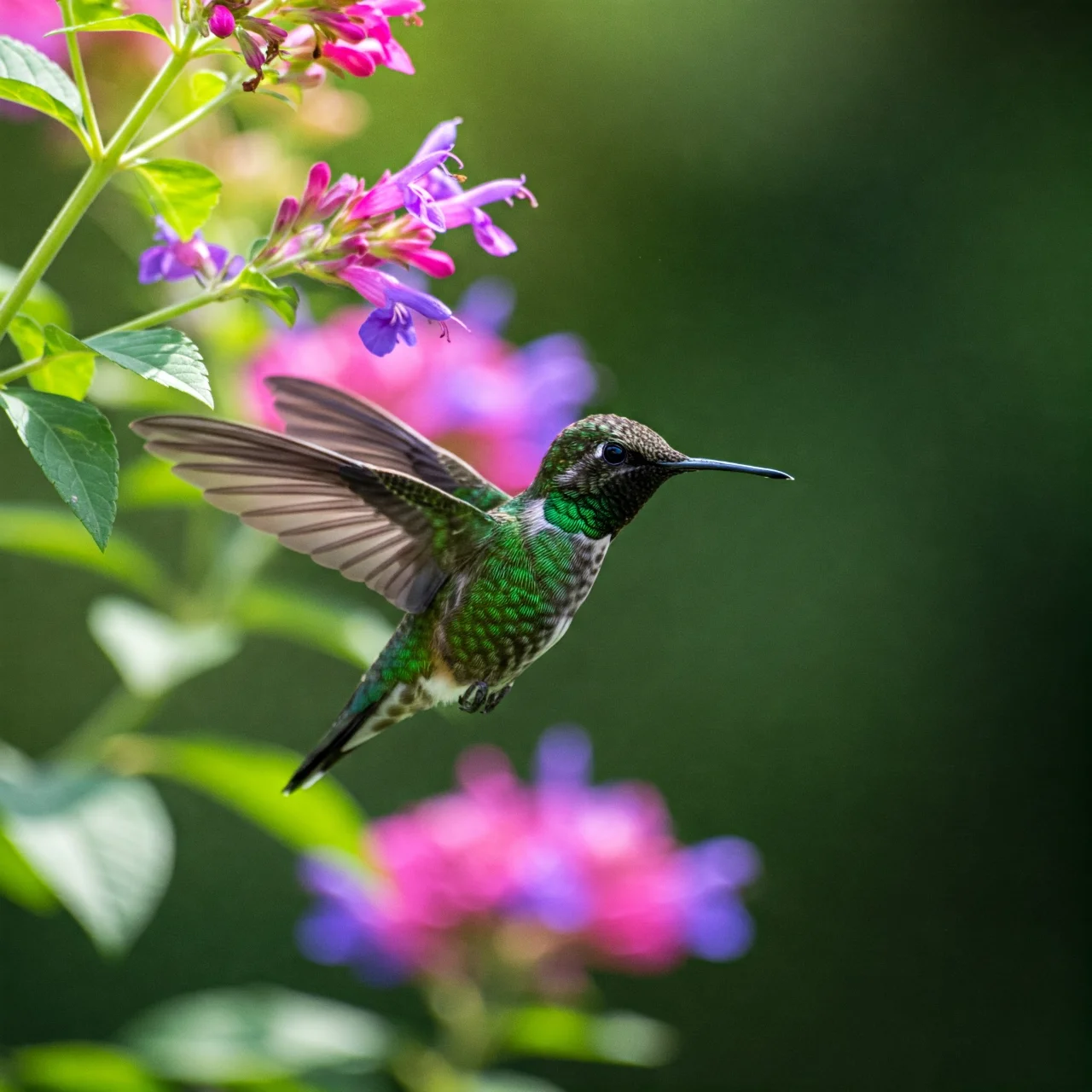
Hummingbirds possess a truly unique flying ability among all birds - they are the only species capable of flying backwards. These tiny aerial acrobats can also hover perfectly in place, thanks to their specialized wing structure and incredibly rapid wing beats that can reach up to 80 times per second in some species. This remarkable flight capability allows hummingbirds to maintain perfect position while feeding on nectar from flowers, giving them precise control that no other bird can match. Their extraordinary metabolism - the highest of any bird - powers this aerial prowess, requiring them to consume more than their body weight in nectar daily to fuel their energy-intensive lifestyle.
The Bar-Tailed Godwit's Epic Non-Stop Journey
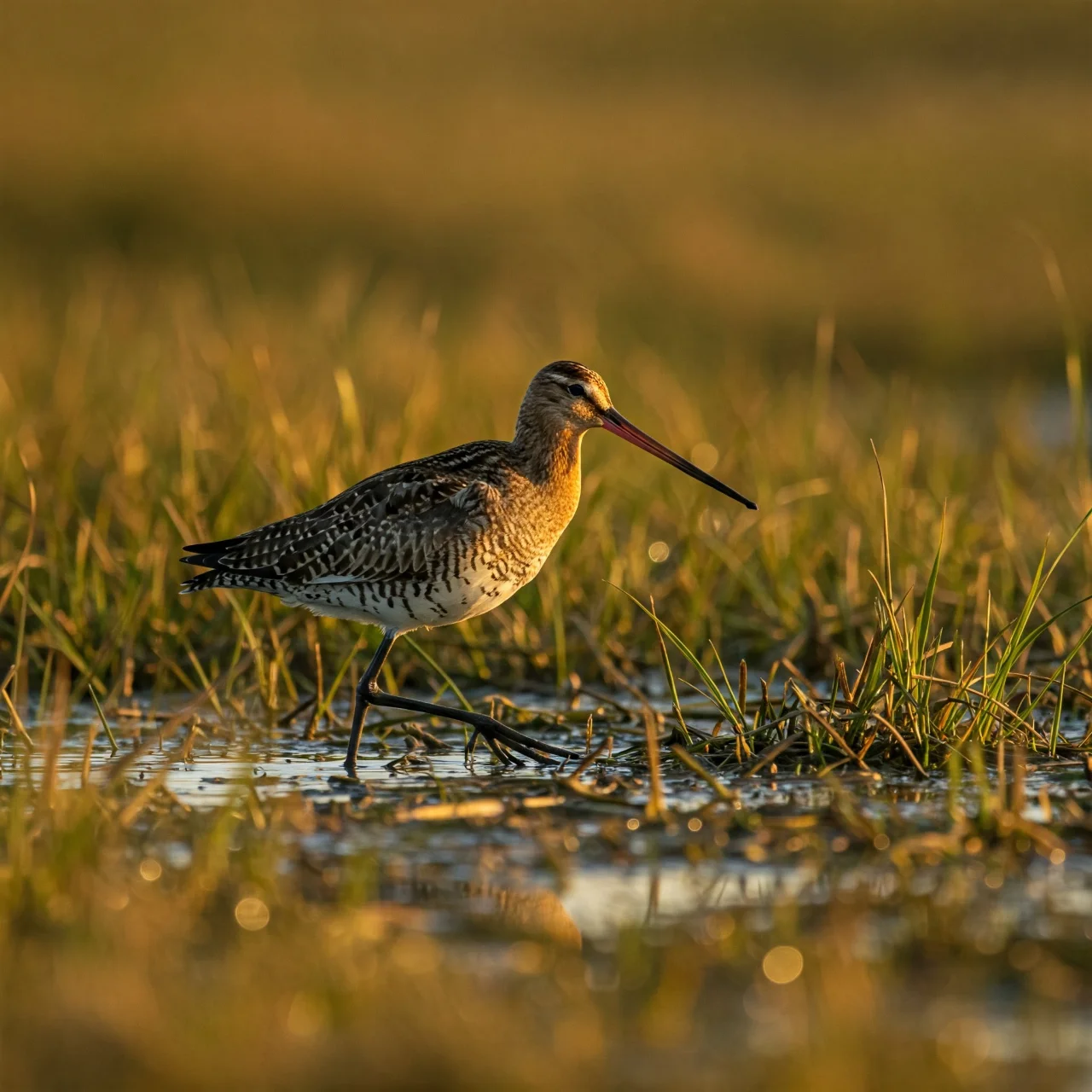
When it comes to endurance flying, the bar-tailed godwit holds an astonishing record that seems almost impossible. These remarkable birds complete the longest non-stop flight of any avian species, traveling over 7,000 miles (11,000 kilometers) in just eight days without a single break for food, water, or rest. This incredible migration takes them from Alaska to New Zealand across the vast Pacific Ocean with no landmass to stop on. During this marathon flight, the godwits don't sleep in the conventional sense but instead rest one hemisphere of their brain at a time while continuing to fly. Before departure, they nearly double their body weight with fat reserves that fuel their epic journey.
The Self-Aware Eurasian Magpie
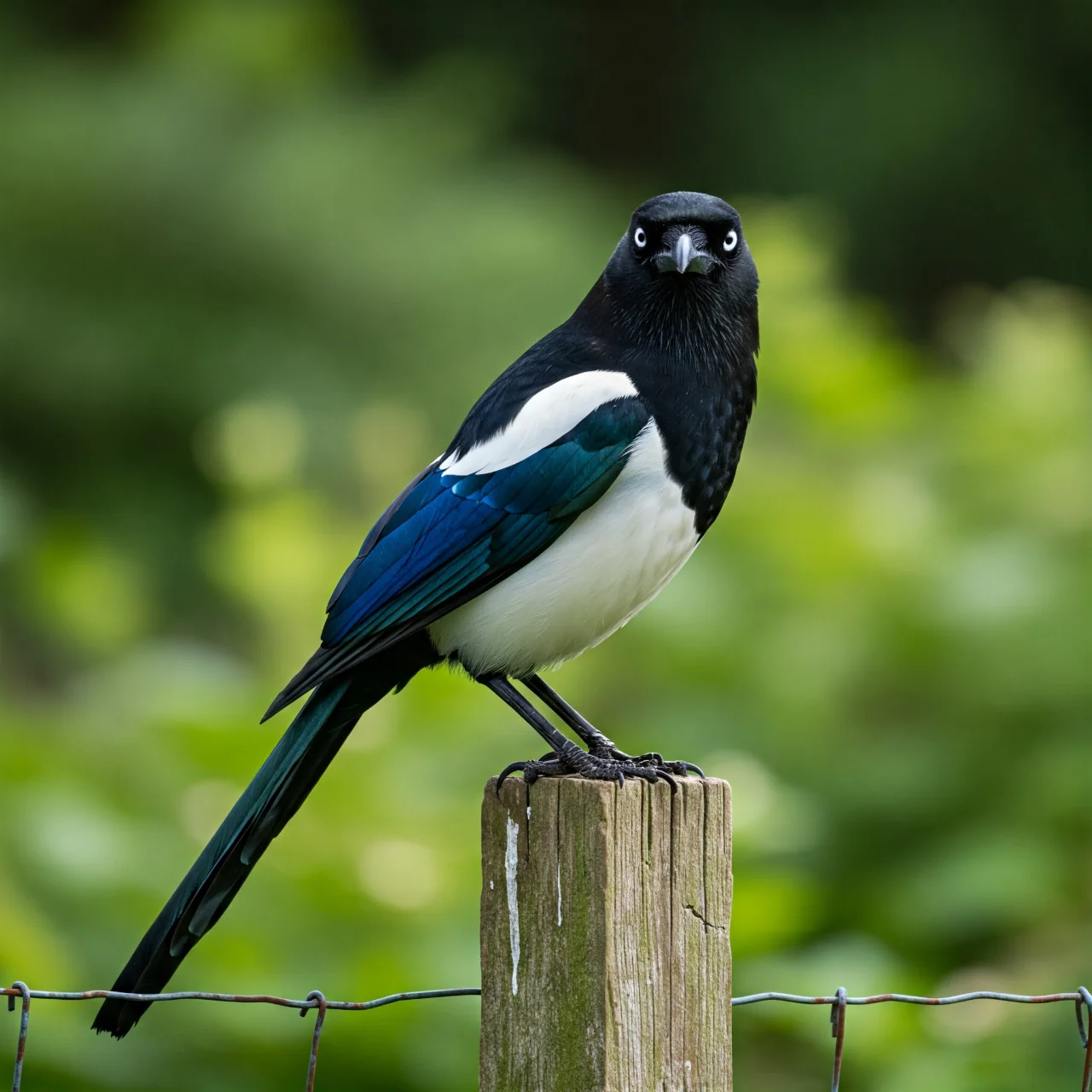
The Eurasian magpie belongs to an extremely exclusive club in the animal kingdom - it's one of the only non-mammal species scientifically proven to recognize itself in a mirror. This remarkable cognitive ability, known as self-recognition, was demonstrated through the classic 'mark test' where researchers placed colored dots on the birds that were only visible in a mirror. The magpies attempted to remove these marks when seeing their reflection, showing they understood they were looking at themselves rather than another bird. This extraordinary cognitive capability puts magpies in the same category as great apes, elephants, and dolphins - animals renowned for their intelligence - making these black and white birds among the most intellectually sophisticated creatures on Earth.
The Lyrebird: Nature's Ultimate Sound Mimic
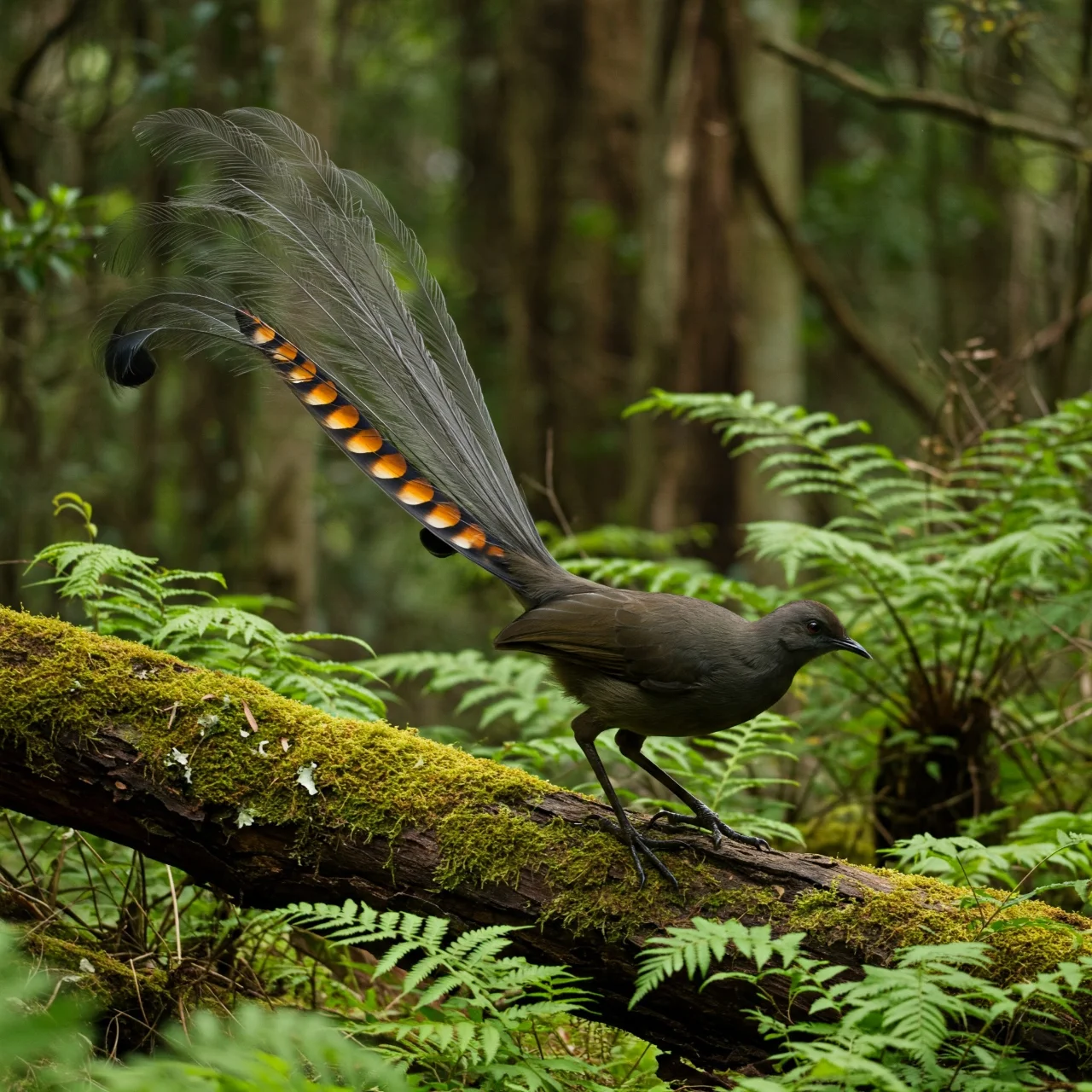
The superb lyrebird of Australia possesses perhaps the most extraordinary vocal mimicry abilities in the animal kingdom. These remarkable birds can perfectly imitate not just the calls of over 20 other bird species but also a startling array of man-made sounds with astonishing accuracy. Lyrebirds have been documented perfectly replicating camera shutters, car alarms, chainsaws, construction equipment, and even complete musical tunes. Their vocal organ, called the syrinx, is the most complex found in birds, allowing for this incredible range of sound production. Male lyrebirds use this remarkable talent during elaborate courtship displays, creating a medley of sounds while showing off their spectacular tail feathers that resemble an ancient Greek lyre - hence their name.
The Kakapo: The World's Only Flightless Parrot
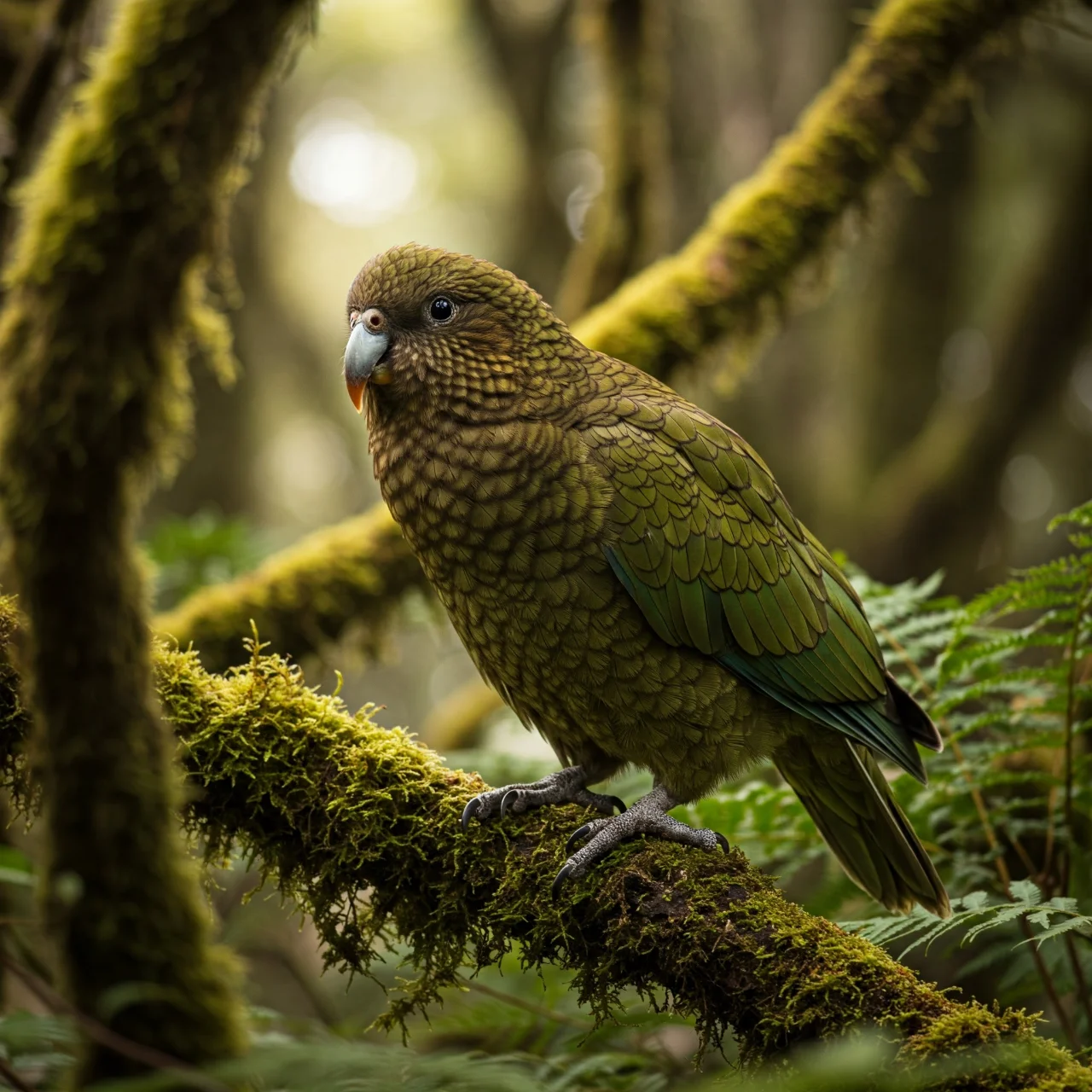
The kakapo of New Zealand stands as one of the most unique birds on the planet - it's the world's only flightless parrot and also the heaviest parrot species. These critically endangered birds have several other peculiar characteristics that make them truly one-of-a-kind. Despite being flightless, kakapos are excellent climbers, using their wings for balance as they scale trees. They're also nocturnal, with well-developed sense of smell but poor eyesight. Perhaps most unusual is their breeding system - males create elaborate 'bowls' in the ground that amplify their deep booming calls, which can travel up to 5 kilometers through the forest to attract females. With fewer than 150 individuals remaining, intensive conservation efforts are underway to save this remarkable species from extinction.
The Marabou Stork's Bizarre Air Sac
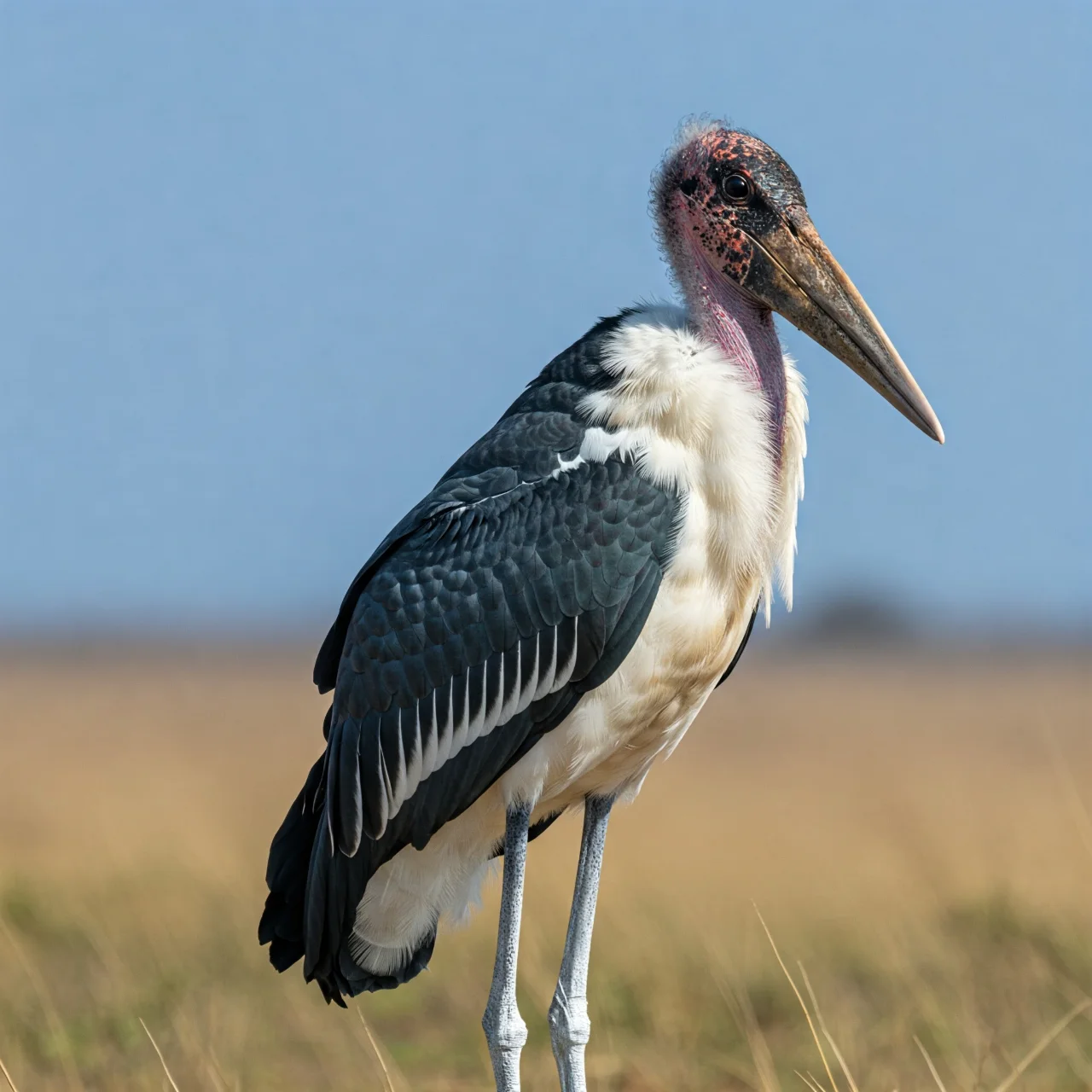
The Marabou stork of Africa might be one of the strangest-looking birds on the planet, standing up to 5 feet tall with a wingspan exceeding 8.5 feet. What makes this bird particularly unusual is the large, inflatable red air sac that hangs from the male's neck. Connected to the left nostril, this bizarre pouch inflates during courtship displays and acts as a resonator to create loud croaking sounds to attract females. These massive birds have hollow leg and toe bones to reduce weight for flight despite their size. With their bald heads and scavenging habits, Marabou storks are often called 'undertaker birds' due to their somewhat macabre appearance, making them among the most visually distinctive birds in the world.
The Unique Feeding Method of the Black Skimmer
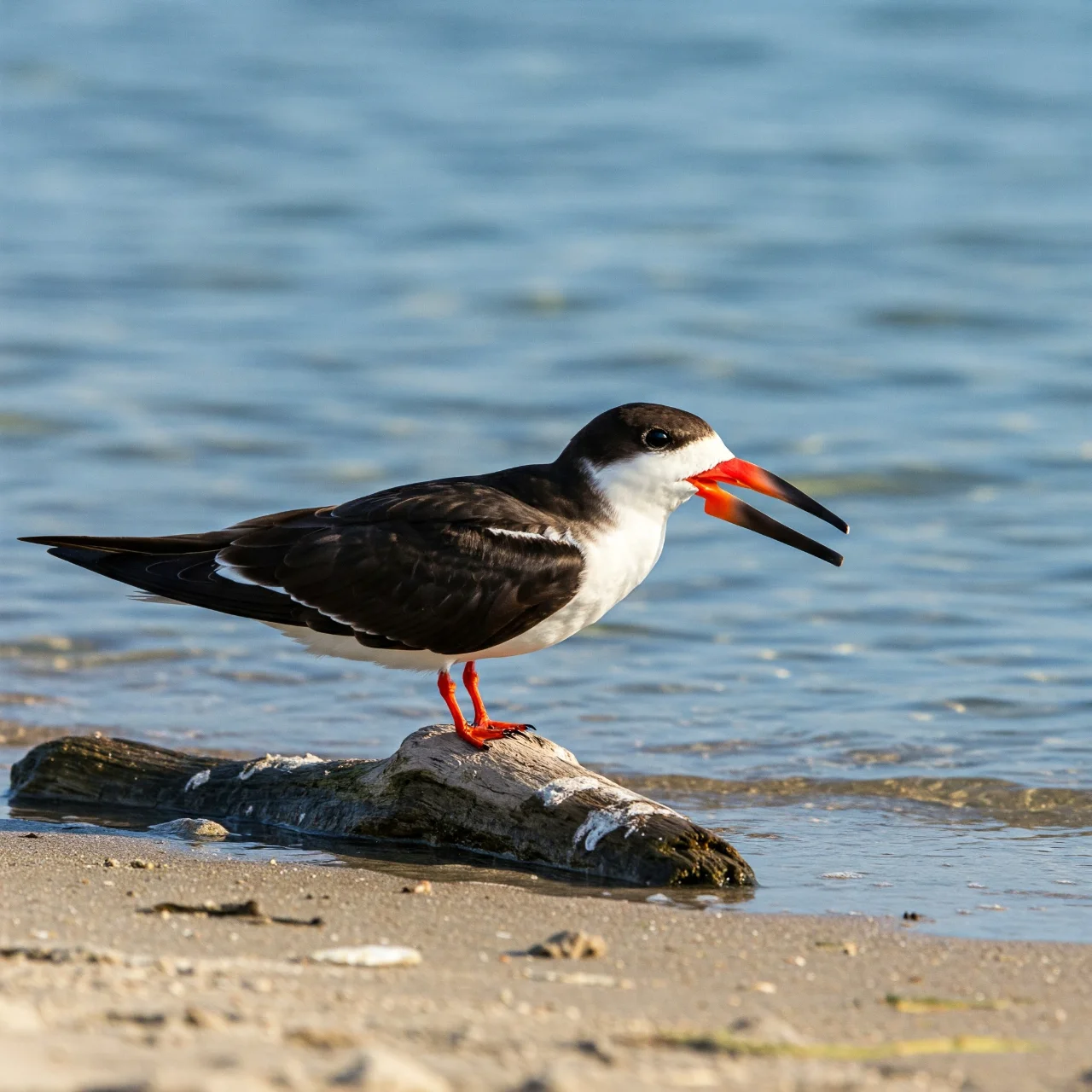
The black skimmer employs one of the most unusual feeding techniques in the avian world. These coastal birds have a highly specialized bill where the lower mandible is significantly longer than the upper one - a feature unique among all birds. To catch fish, black skimmers fly just inches above the water's surface with their elongated lower bill submerged, literally 'skimming' through the water. When the lower bill touches a fish, the upper bill snaps shut with lightning speed to capture the prey. Their remarkable eyes have vertical pupils (rare among birds) that help reduce glare from the water surface, and they're one of the only birds that can both see and catch prey in near darkness, making them highly efficient nocturnal hunters.
The King of Saxony Bird of Paradise's Extraordinary Plumes
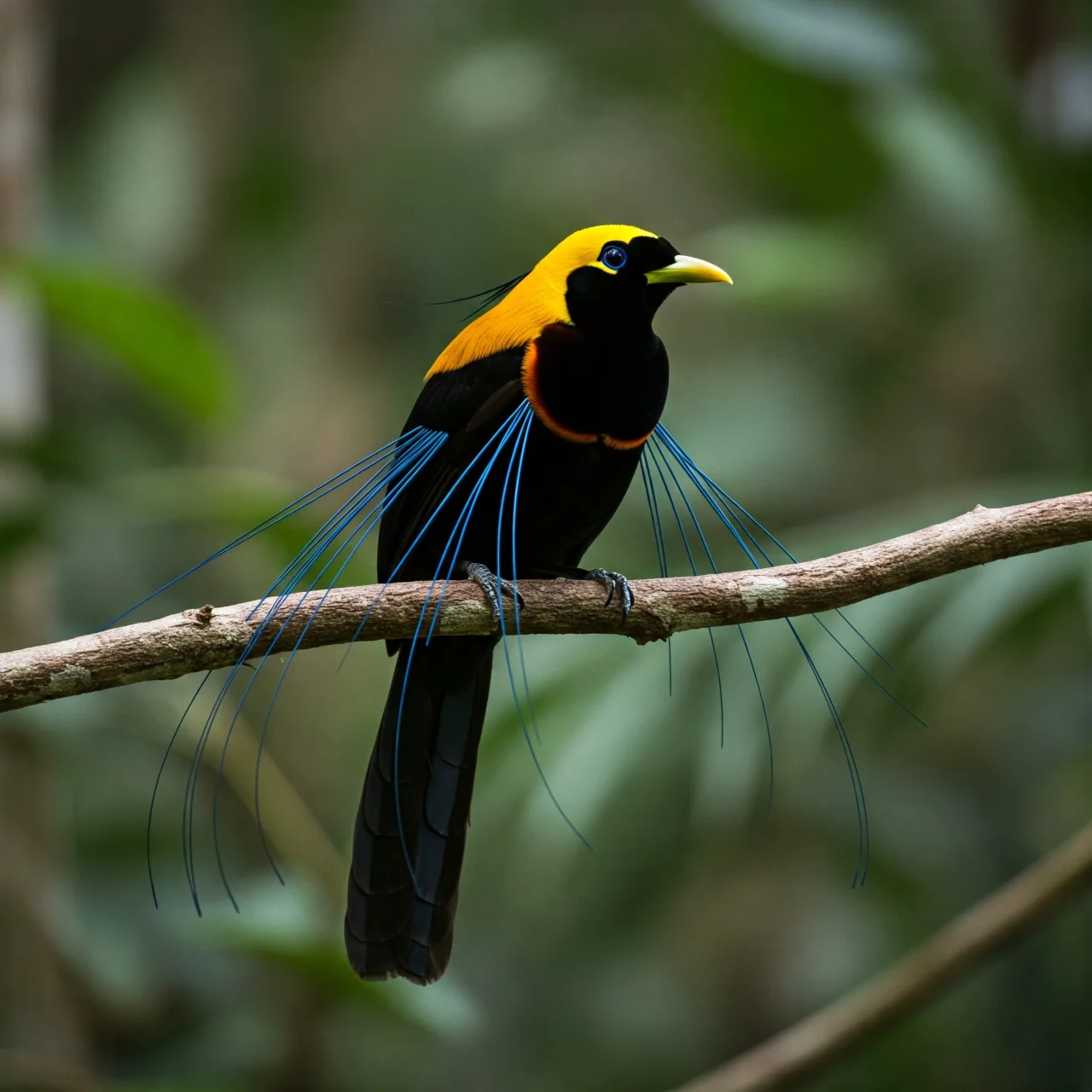
The King of Saxony bird of paradise sports perhaps the most extraordinary head ornament in the bird world - two remarkably long, wirelike head plumes that can reach up to 20 inches in length, more than twice the bird's body size. These spectacular feathers extend from the back of the male's head and can be moved independently during elaborate courtship displays. When attempting to attract a female, the male performs a complex dance while singing a distinctive song and maneuvering these extraordinary plumes in synchronized patterns. These birds are native to the montane forests of New Guinea, where their bizarre appearance and behaviors evolved through intense sexual selection, resulting in one of the most visually striking birds on the planet.
The Shoebill's Prehistoric Appearance
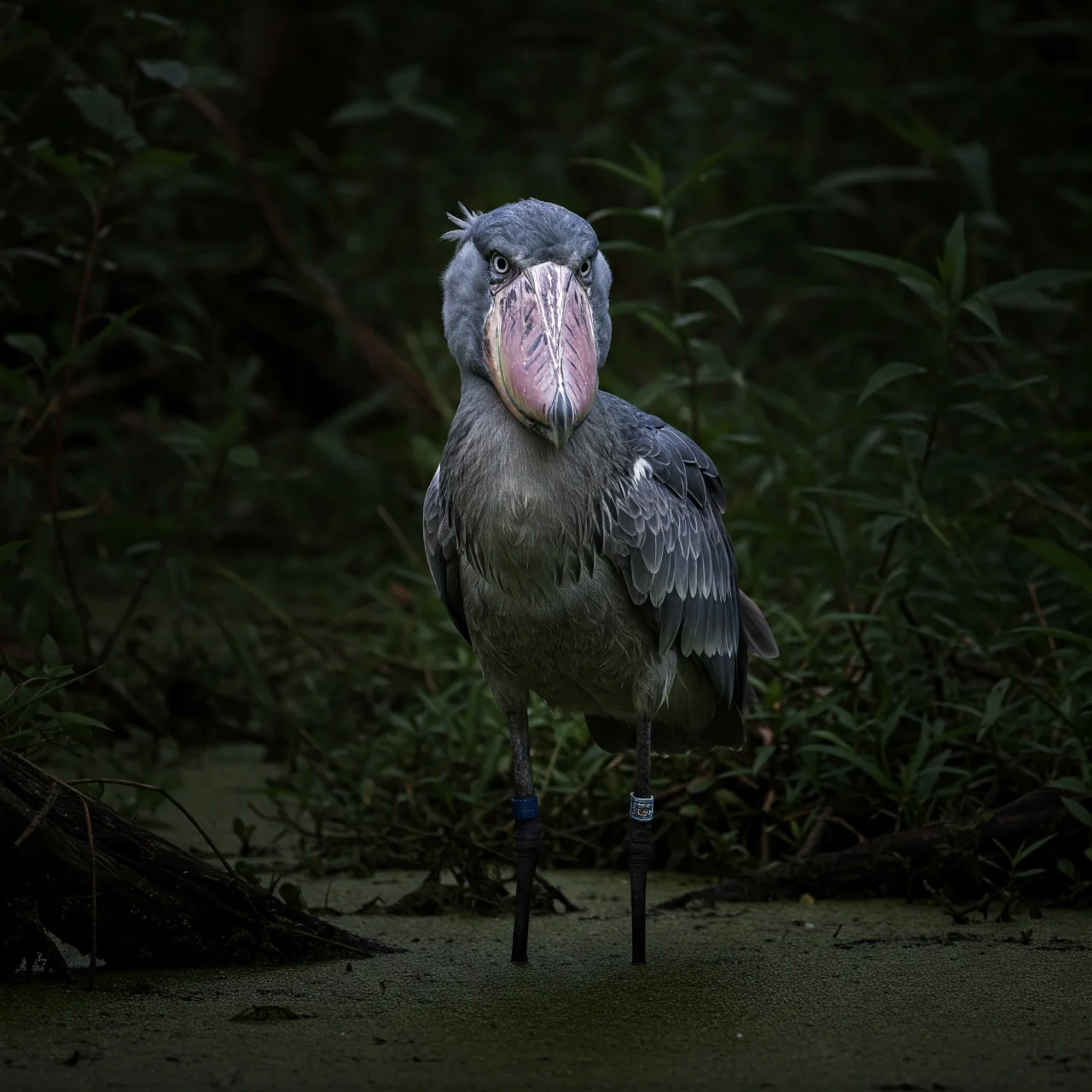
The shoebill of Africa looks like it stepped straight out of the prehistoric era with its massive shoe-shaped bill that gives the bird its name. Sometimes called the 'whalehead,' this imposing bird stands up to 5 feet tall and possesses one of the most formidable bills in the avian world - a structure that can grow to more than 7 inches long and 4 inches wide. This specialized bill allows the shoebill to catch and crush prey including large fish, baby crocodiles, and even small turtles. When hunting, shoebills employ remarkable patience, sometimes standing motionless for hours before striking with lightning speed. Their unusual appearance and behavior have made them the subject of various myths and legends throughout their African range.
The Hoatzin's Unique Digestive System
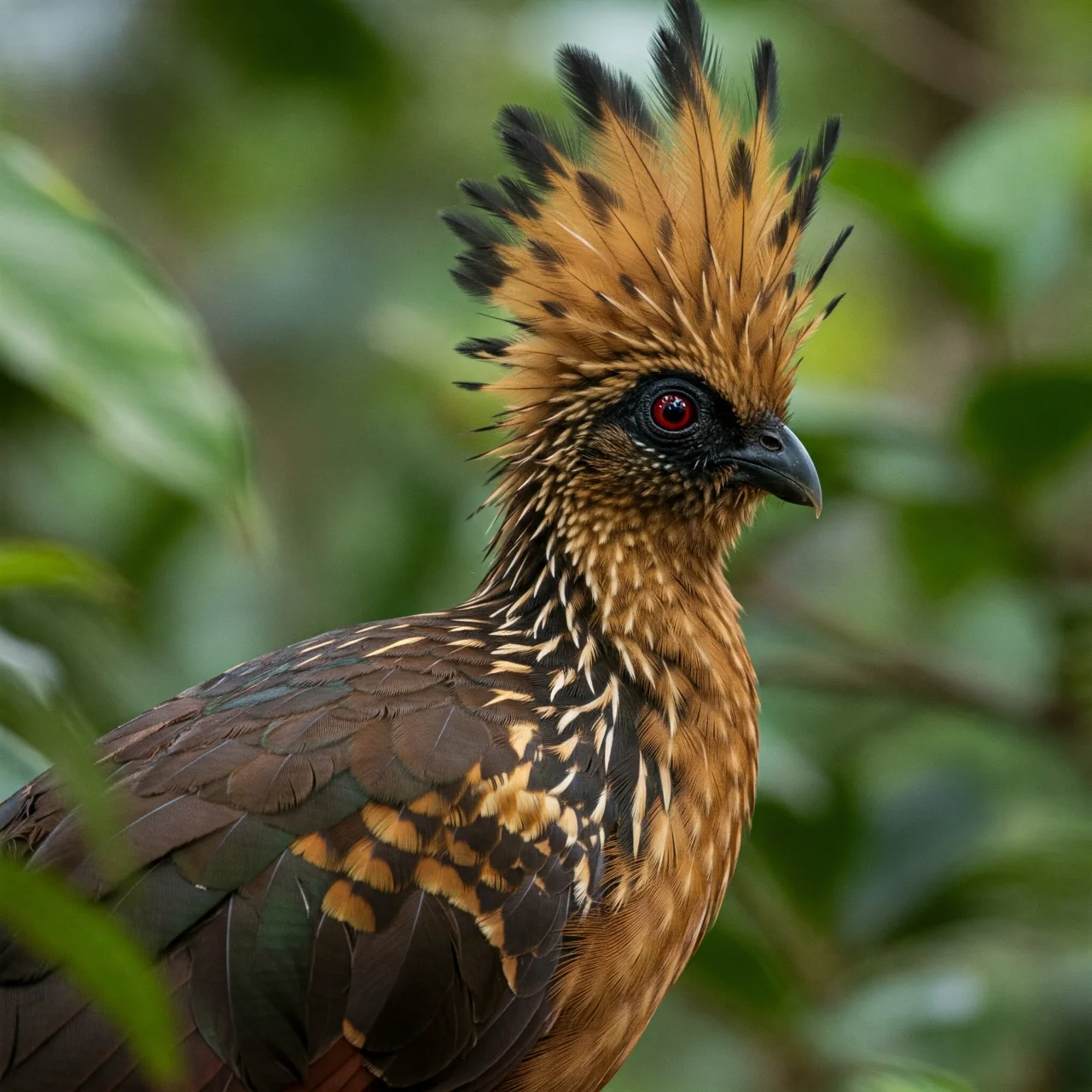
The hoatzin of the Amazon rainforest has earned the unflattering nickname 'stinkbird' due to the unusual fermentation process in its digestive system that produces a distinctly foul odor reminiscent of manure. Unlike most birds, hoatzins have a specialized foregut where bacteria break down the leaves that make up most of their diet - similar to how cows digest plant material. This unique digestive adaptation is found nowhere else in the avian world. Even more remarkably, hoatzin chicks are born with claws on their wings that they use to climb trees before they can fly, a trait that has led some scientists to compare them to the prehistoric Archaeopteryx. These wing claws disappear as the birds mature, making hoatzins a living link to the reptilian ancestors of modern birds.
The Northern Cardinal's Gender-Bending Phenomenon
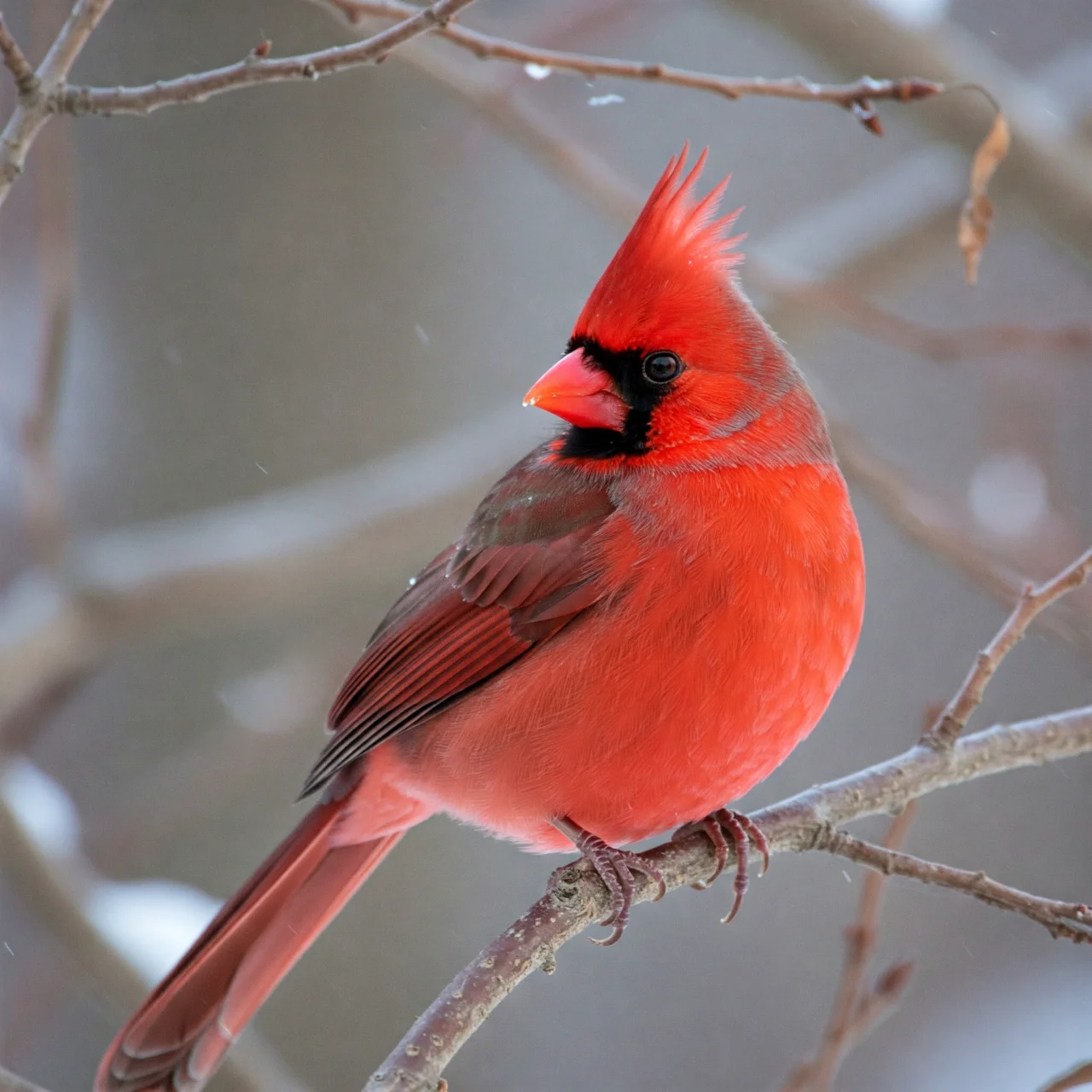
The Northern Cardinal, one of North America's most recognizable birds with its brilliant red plumage and distinctive crest, occasionally exhibits a fascinating biological phenomenon called bilateral gynandromorphism. This rare condition results in a bird that is literally half male and half female, with a perfect division down the middle of its body - bright red male plumage on one side and brownish-gray female coloration on the other. This occurs when an egg develops with two nuclei (one with a Z chromosome and one with a W chromosome) that fuse to create a single embryo with both male and female genetic characteristics. While extremely rare, this condition provides scientists with valuable insights into avian development and the genetic mechanisms behind sexual characteristics in birds.
The Incredible Eyesight of Eagles
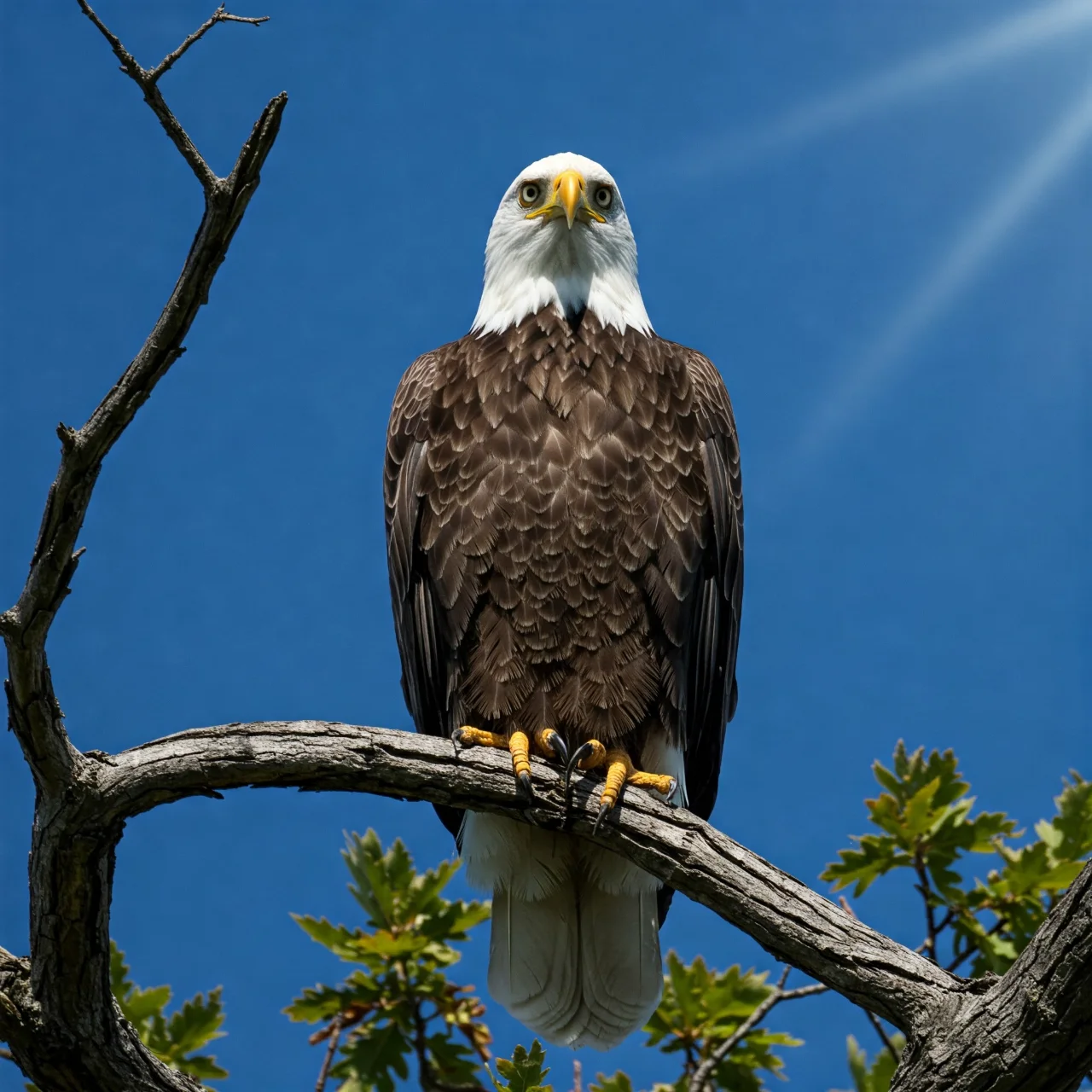
Eagles possess visual capabilities that far exceed human perception in ways that seem almost supernatural. These birds of prey can spot a rabbit from over two miles away and can see ultraviolet light invisible to humans. The secret lies in their extraordinarily dense retinas - an eagle's eye contains about five times more photoreceptors per area than a human eye. Eagles also have two foveae (areas of sharp central vision) in each eye rather than just one like humans, giving them both forward and sideways areas of extreme visual clarity. Their eyes are so large relative to their skulls that they can't move them within their sockets, but this limitation is offset by their ability to rotate their heads up to 270 degrees. This remarkable visual system makes eagles among the most efficient hunters in the animal kingdom.
The Fairy Tern's Record-Breaking Migration
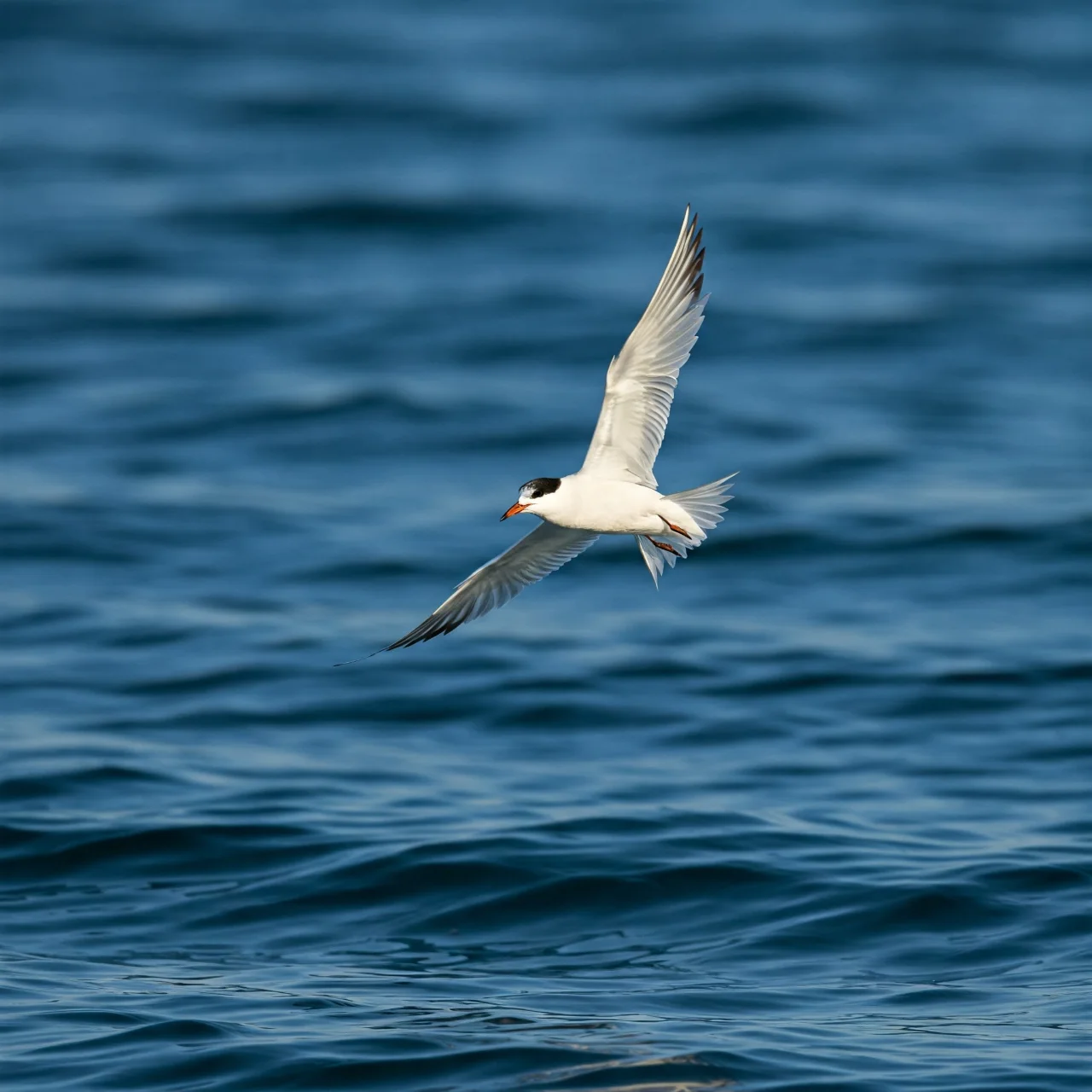
The tiny fairy tern holds the astonishing record for the longest migration of any bird on Earth, traveling over 18,000 miles (29,000 kilometers) round trip from Australia to the Arctic and back each year. This epic journey takes these small seabirds across vast stretches of open ocean, navigating with remarkable precision using a combination of celestial cues, Earth's magnetic field, and possibly even scent maps of the ocean. During this marathon migration, fairy terns spend most of their time in flight, even sleeping while airborne using the same half-brain resting technique employed by other long-distance migrants. What makes this feat even more impressive is that these birds weigh less than 4 ounces, demonstrating that when it comes to migration endurance, size is far less important than specialized adaptations.
The Unique Courtship of the Blue-Footed Booby
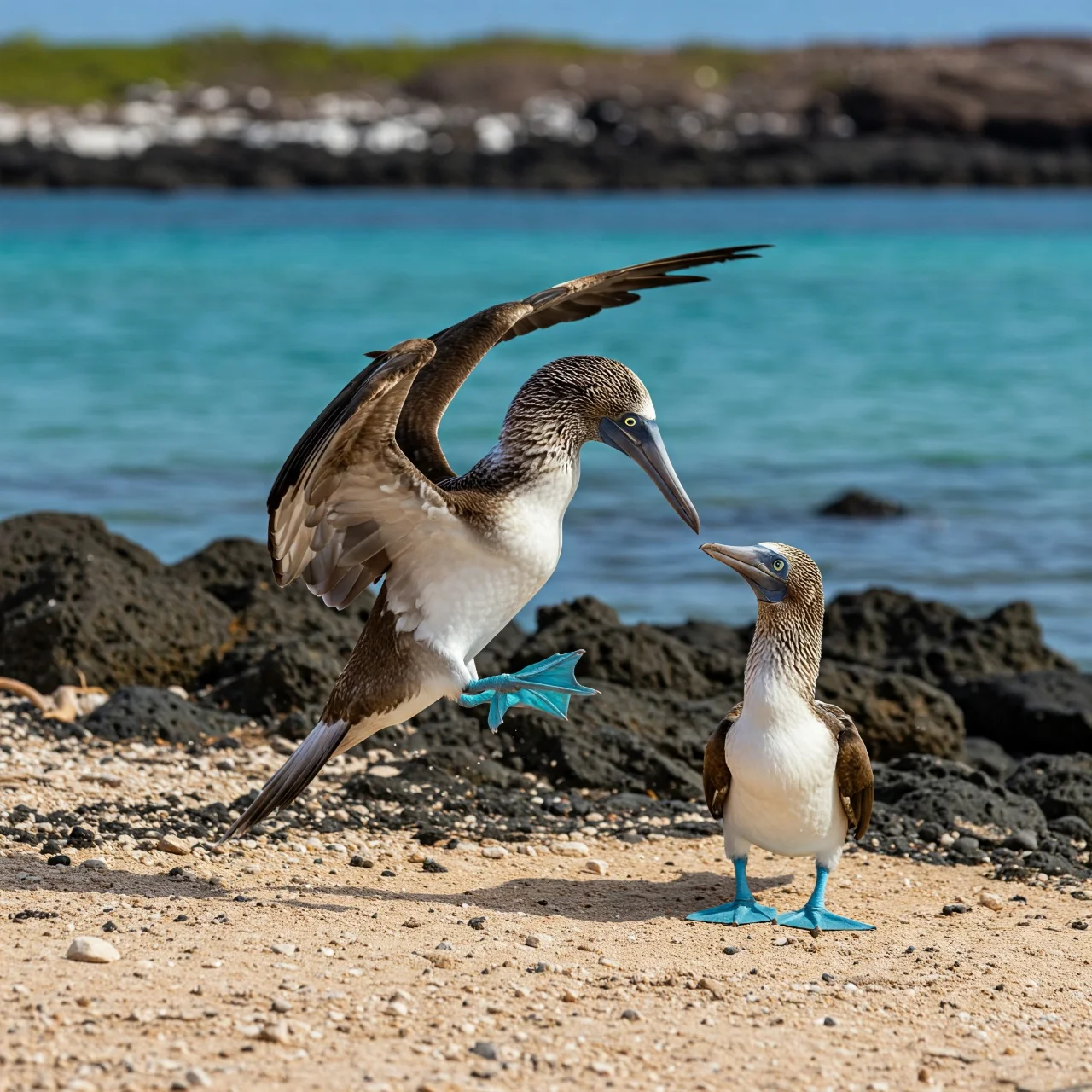
The blue-footed booby of the Galápagos Islands performs one of the most visually striking courtship displays in the bird world, centered around its most distinctive feature - its bright blue feet. During courtship, male boobies perform an elaborate high-stepping dance that prominently displays their feet, with brighter blue indicating a healthier, more desirable mate. The vivid blue coloration comes from carotenoid pigments in their diet, particularly from the fish they consume, making their foot color an honest signal of their foraging prowess and overall health. Males also present nesting material and sky-point (pointing their bills skyward while whistling) to impress potential mates. This unique courtship ritual has made blue-footed boobies one of the most recognizable and beloved birds of the Galápagos archipelago.
Birds: The Living Descendants of Dinosaurs
Perhaps the most mind-blowing fact about birds is that they aren't just like dinosaurs - they literally are dinosaurs. Modern birds are the direct descendants of theropod dinosaurs, the same group that included Tyrannosaurus rex and Velociraptor. This evolutionary connection is so strong that paleontologists now classify birds as avian dinosaurs, with all other dinosaur groups being extinct. Evidence for this relationship includes the discovery of numerous feathered dinosaur fossils, shared skeletal features, and molecular studies confirming the relationship. Many characteristics we associate with birds - from hollow bones to egg-laying - were inherited directly from their dinosaur ancestors. So when you watch a hummingbird hover at your feeder or see an eagle soar overhead, you're witnessing the last surviving dinosaurs, continuing a lineage that has existed on Earth for over 230 million years.
Comments
Loading comments...